Copyright
Table of Contents
Preface
Audience
Organization of This Book
Conventions Used in This Book
Using Code Examples
We’d Like to Hear from You
Safari® Books Online
Acknowledgments
Chapter 1. The World of Text Search
Terms and Concepts in Search
Thinking in Documents Versus Databases
Why Do We Need Full-Text Indexes?
Query Languages
Logical Versus Full-Text Conditions
Logical conditions
Full-text queries
Differences between logical and full-text searches
Natural Language Processing
From Text to Words
Linguistics Crash Course
Relevance, As Seen from Outer Space
Result Set Postprocessing
Full-Text Indexes
Search Workflows
Kinds of Data
Indexing Approaches
Full-Text Indexes and Attributes
Approaches to Searching
Kinds of Results
Chapter 2. Getting Started with Sphinx
Workflow Overview
Getting Started ... in a Minute
Basic Configuration
Defining Data Sources
Disk-based indexes
RT indexes
Distributed indexes
Declaring Fields and Attributes in SQL Data
Sphinx-Wide Settings
Managing Configurations with Inheritance and Scripting
Accessing searchd
Configuring Interfaces
Using SphinxAPI
Using SphinxQL
Building Sphinx from Source
Quick Build
Source Build Requirements
Configuring Sources and Building Binaries
Chapter 3. Basic Indexing
Indexing SQL Data
Main Fetch Query
Pre-Queries, Post-Queries, and Post-Index Queries
How the Various SQL Queries Work Together
Ranged Queries for Larger Data Sets
Indexing XML Data
Index Schemas for XML Data
XML Encodings
xmlpipe2 Elements Reference
Working with Character Sets
Handling Stop Words and Short Words
Chapter 4. Basic Searching
Matching Modes
Full-Text Query Syntax
Known Operators
Escaping Special Characters
AND and OR Operators and a Notorious Precedence Trap
NOT Operator
Field Limit Operator
Phrase Operator
Keyword Proximity Operator
Quorum Operator
Strict Order (BEFORE) Operator
NEAR Operator
SENTENCE and PARAGRAPH Operators
ZONE Limit Operator
Keyword Modifiers
Result Set Contents and Limits
Searching Multiple Indexes
Result Set Processing
Expressions
Filtering
Sorting
Grouping
Chapter 5. Managing Indexes
The “Divide and Conquer” Concept
Index Rotation
Picking Documents
Handling Updates and Deletions with K-Lists
Scheduling Rebuilds, and Using Multiple Deltas
Merge Versus Rebuild Versus Deltas
Scripting and Reloading Configurations
Chapter 6. Relevance and Ranking
Relevance Assessment: A Black Art
Relevance Ranking Functions
Sphinx Rankers Explained
BM25 Factor
Phrase Proximity Factor
Overview of the Available Rankers
Nitty-gritty Ranker Details
How Do I Draw Those Stars?
How Do I Rank Exact Field Matches Higher?
How Do I Force Document D to Rank First?
How Does Sphinx Ranking Compare to System XYZ?
Where to Go from Here
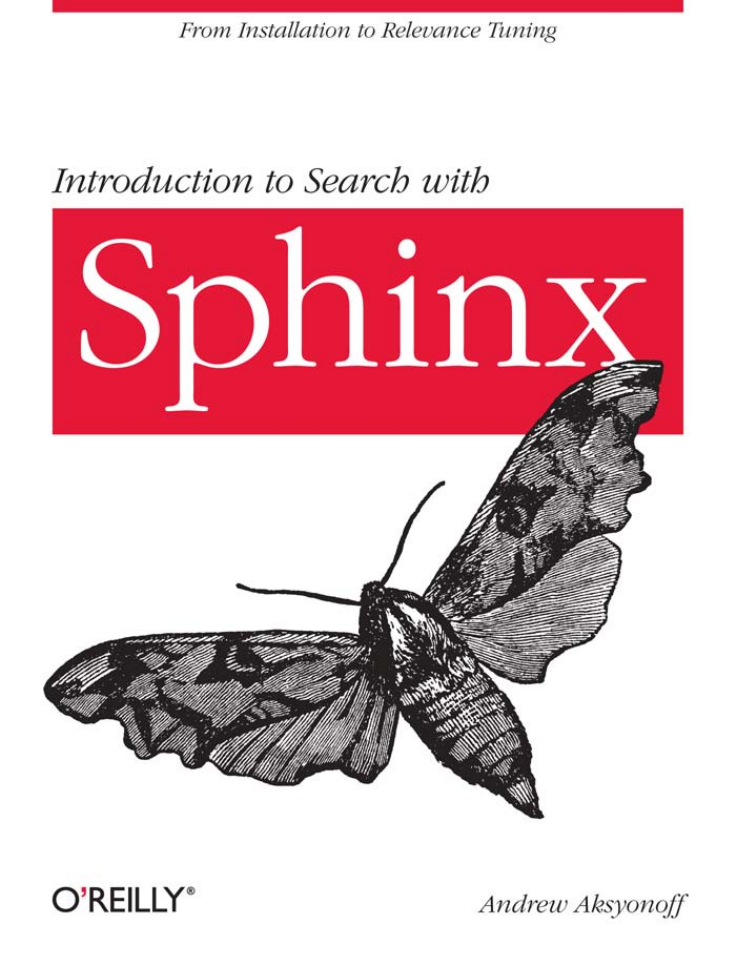

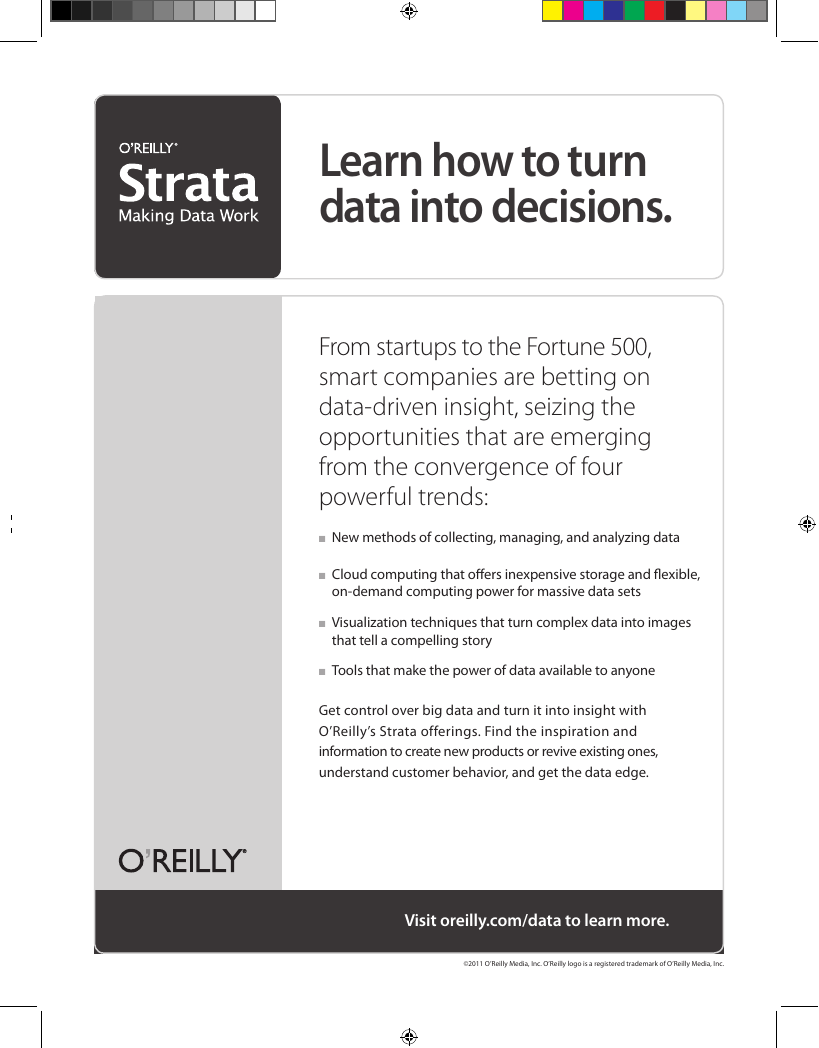

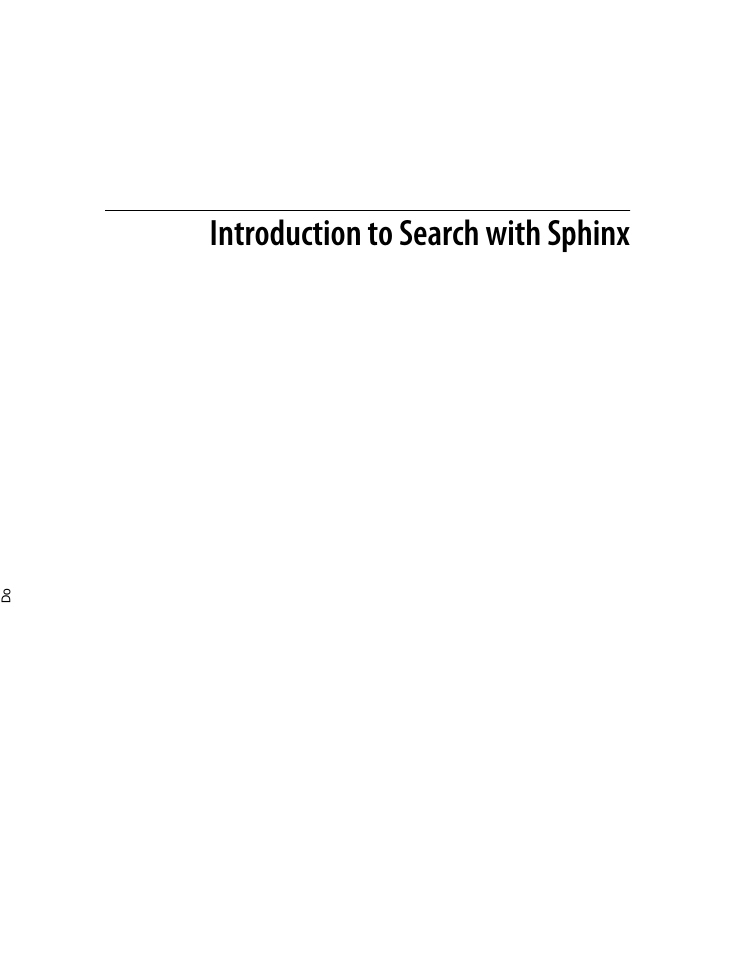

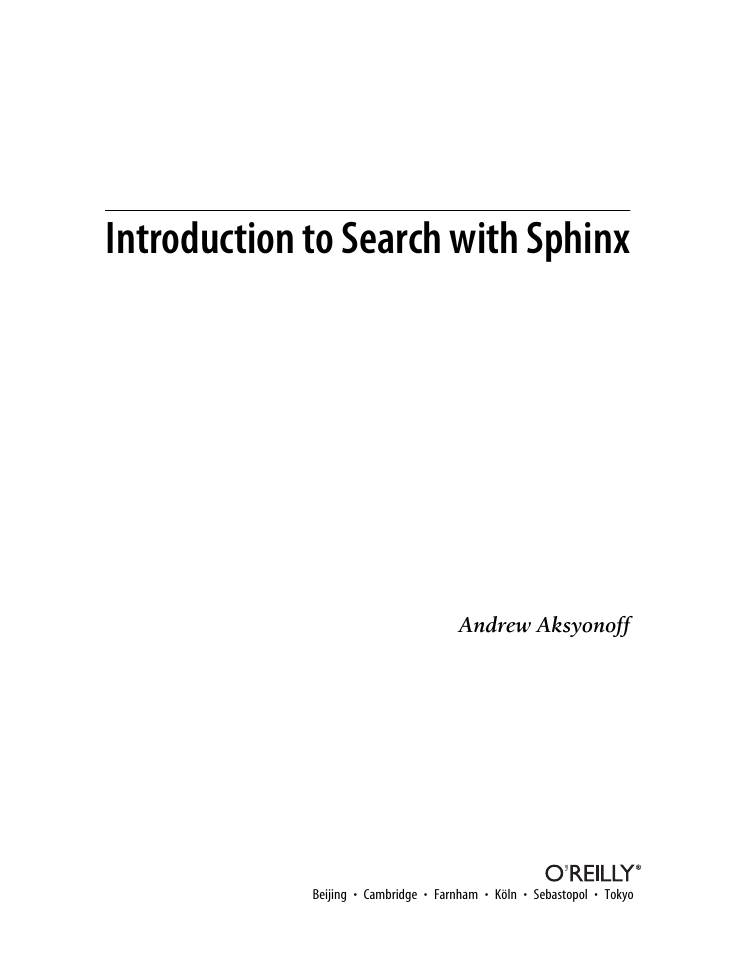
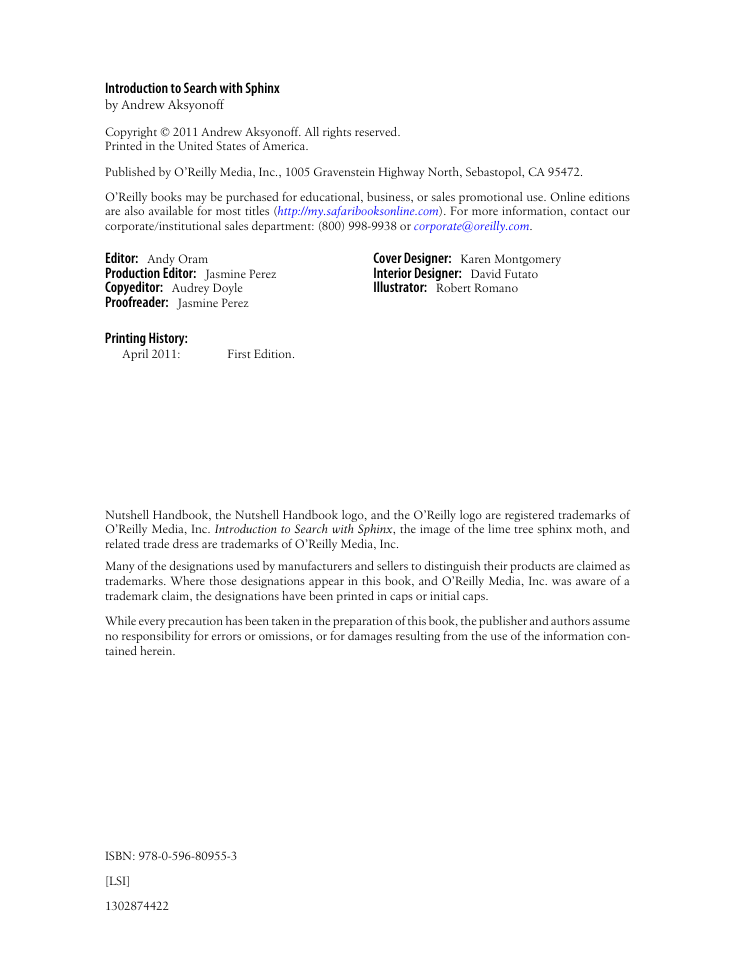








 2023年江西萍乡中考道德与法治真题及答案.doc
2023年江西萍乡中考道德与法治真题及答案.doc 2012年重庆南川中考生物真题及答案.doc
2012年重庆南川中考生物真题及答案.doc 2013年江西师范大学地理学综合及文艺理论基础考研真题.doc
2013年江西师范大学地理学综合及文艺理论基础考研真题.doc 2020年四川甘孜小升初语文真题及答案I卷.doc
2020年四川甘孜小升初语文真题及答案I卷.doc 2020年注册岩土工程师专业基础考试真题及答案.doc
2020年注册岩土工程师专业基础考试真题及答案.doc 2023-2024学年福建省厦门市九年级上学期数学月考试题及答案.doc
2023-2024学年福建省厦门市九年级上学期数学月考试题及答案.doc 2021-2022学年辽宁省沈阳市大东区九年级上学期语文期末试题及答案.doc
2021-2022学年辽宁省沈阳市大东区九年级上学期语文期末试题及答案.doc 2022-2023学年北京东城区初三第一学期物理期末试卷及答案.doc
2022-2023学年北京东城区初三第一学期物理期末试卷及答案.doc 2018上半年江西教师资格初中地理学科知识与教学能力真题及答案.doc
2018上半年江西教师资格初中地理学科知识与教学能力真题及答案.doc 2012年河北国家公务员申论考试真题及答案-省级.doc
2012年河北国家公务员申论考试真题及答案-省级.doc 2020-2021学年江苏省扬州市江都区邵樊片九年级上学期数学第一次质量检测试题及答案.doc
2020-2021学年江苏省扬州市江都区邵樊片九年级上学期数学第一次质量检测试题及答案.doc 2022下半年黑龙江教师资格证中学综合素质真题及答案.doc
2022下半年黑龙江教师资格证中学综合素质真题及答案.doc